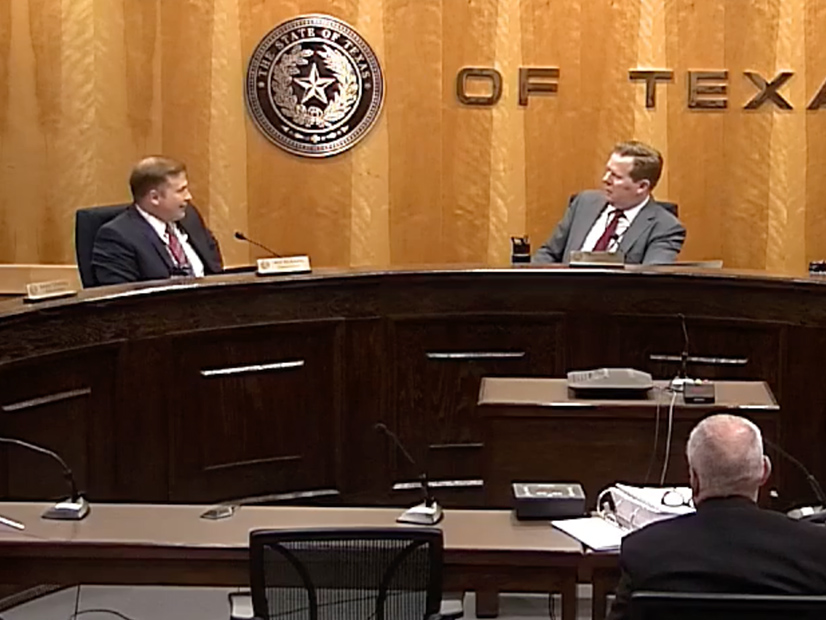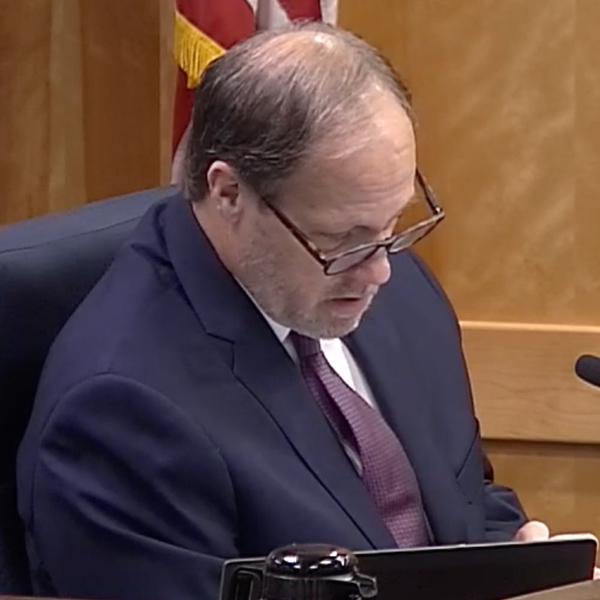The New Jersey Board of Public Utilities overruled opposition from local governments and the New Jersey Division of Rate Counsel Friday to grant the state’s first offshore wind project an easement to connect its turbines over county-owned land to a substation onshore.
The board voted 4-1 to back the plan, which would run the 275-kV line underground through the Jersey shore community of Ocean City, which is in Cape May County, to the PJM grid at a substation sited on a now closed coal-fired power plant in neighboring Upper Township.
To move ahead, the project — Ocean Wind 1, developed by Denmark-based Ørsted — needed a temporary 18-month easement and a permanent 30-foot-wide easement across county land in Ocean City.
The BPU’s approval was the second successful use by Ørsted of a controversial law (S3926) enacted in July 2021 that allows offshore wind developers to site power cables and equipment on public land regardless of whether local or state governments approve. The BPU in September granted a separate easement sought by Ørsted for Ocean Wind 1 through Ocean City using the same law. (See NJ BPU Approves Easement Plan for 1st OSW Project.)
The law allows the BPU to override local government opposition if the project can show that the element at issue is “reasonably necessary” for the construction and operation of the wind project. (See NJ Lawmakers Back Offshore Wind Bills.)
“We don’t take these kinds of actions lightly,” said BPU President Joseph L. Fiordaliso. “And there has to be a definite public need in order for this board to even consider this type of action.
“But we have to look at the whole picture and see what is in the benefit of the 9.3 million people who live here,” he said. Fiordaliso added that he believed that “the transmission lines that will go through this area will not in any way alter the appearance or alter the economic viability of the area.”
Matters of Dispute
Voting against the easement approval, Commissioner Dianne Solomon said she did not believe that the board had done sufficient review to back the developer’s application. She said the BPU should have referred the case to an administrative law judge for a more thorough investigation.
“Clearly, this is a contentious if not a contested matter,” she said. “The record is lacking for us to determine if the preferred route is ‘reasonably necessary.’
“Given the situation in which we find ourselves under the legislation passed, we should be seeking more information, not less,” she said. “By voting no, I am not expressing opposition to the petition. Rather, I am objecting to the procedure and bringing this petition to a board vote today.”
Solomon, who voted to grant the first easement in September, added that she believed the board “erred in our decision” in approving the first easement.
During two public hearings to gather stakeholder opinion, and a third hearing at which the developer and local officials made their closing arguments, Ørsted argued that the Cape May easement, and a series of consents needed to obtain environmental and other permits, were necessary to keep the project on schedule after the developer spent two years in a failed attempt to persuade county officials to grant the approvals.
Cape May argued that the BPU should slow the process and take time to explore alternative cable routes dismissed by Ørsted. The attorney who presented the arguments for the county, Michael J. Donahue, who also represents 10 of the 16 communities in Cape May County, said Ørsted’s proposed route “could jeopardize sensitive marshes and impact area historical sites, and utilities in the area, such as sewer, gas and water main lines.” (See NJ County Asks BPU to Slow Approvals for First OSW Project.)
Donahue argued that to limit disruption and negative impacts from the transmission lines, the BPU should consider cable routes for two other offshore wind projects approved by the agency — Ocean Wind 2 and Atlantic Shores — at the same time as the route and easements for Ocean Wind 1.
Solomon cited arguments made by the New Jersey Division of Rate Counsel, which opposed the granting of the easements. In a letter to the BPU on July 7, Director Brian O. Lipman argued that all the parties involved should be allowed to conduct deeper discovery than the BPU’s procedure allowed.
Maura Caroselli, deputy rate counsel, said at the October hearing that the BPU should require Ørsted to reveal the costs of the different routes that it considered, and whether the chosen route was the cheapest route. If it is not, the board should require the developer to “show why the least cost plan is not a reasonable alternative,” she said.
Lipman, in the final hearing on Nov. 10, said there were still “factual disputes” that required the BPU to “hold a proper hearing with proper ability to cross-examination, discovery.” Such a process, he said, would create a “robust record from which the board can make its ultimate determination.”

